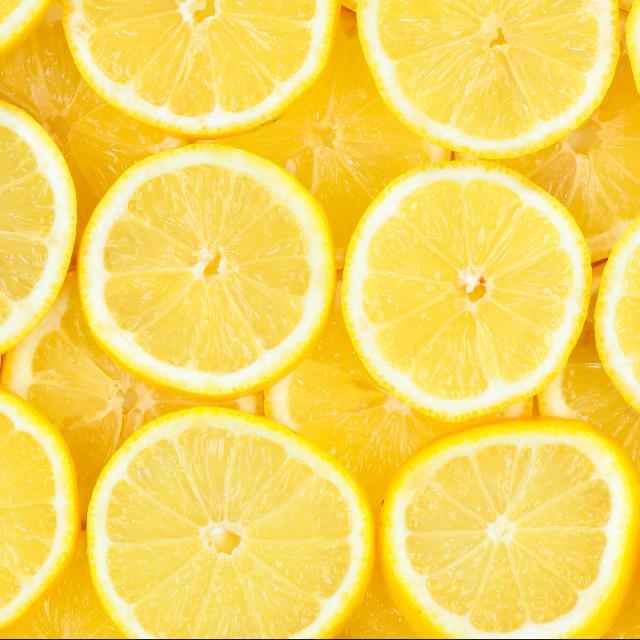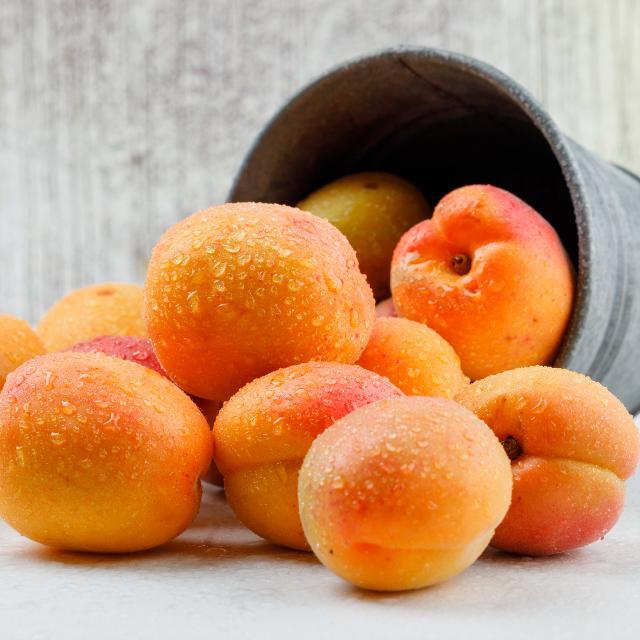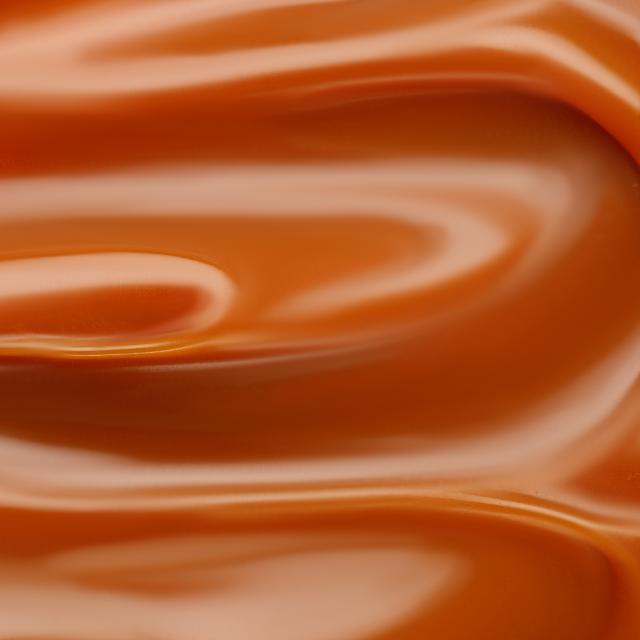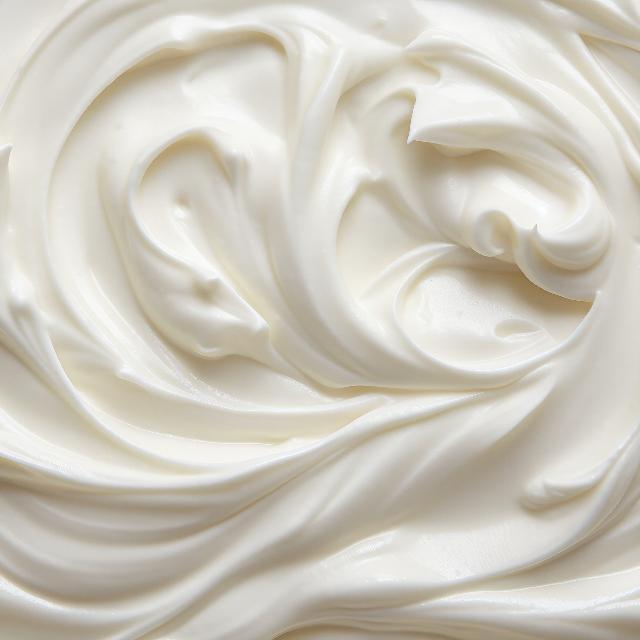For all its freshness, elegance and focus, the wine’s flavors are complex and intense, ranging from bright lemon, fresh pineapple, apricots and juicy nectarine to more concentrated lime marmalade as well as caramel and cream (from barrel fermentation and 11 months of maturation in mostly older French oak).
On the palate the initial impression is floral (heady honeysuckle) finishing with white peaches and apricots, with hints of citrus and a fresh acidity - great persistence promising enjoyment over at least five years.
On the palate the initial impression is floral (heady honeysuckle) finishing with white peaches and apricots, with hints of citrus and a fresh acidity - great persistence promising enjoyment over at least five years.
Medium bodied, with a sturdy backbone, this uniquely South African white blend is made in Campher’s honor, combining predominantly Chenin Blanc (54%) with smaller amounts of Sauvignon Blanc (30%), Verdehlo (12%), and Viognier (4%).
Components were vinified separately, then meticulously blended after judicious oaking in a combination of new and older 500 L French Oak barrels (11 months). 40% underwent MLF ensuring a softer acidity - it’s truly a labor of love.
Winemaker: Hattingh de Villiers
Components were vinified separately, then meticulously blended after judicious oaking in a combination of new and older 500 L French Oak barrels (11 months). 40% underwent MLF ensuring a softer acidity - it’s truly a labor of love.
Winemaker: Hattingh de Villiers
Tucked into the exquisite Knorhoek Valley north of Stellenbosch, Muratie Wine Estate, one of the oldest estates in South Africa, under the stewardship of Rijk Melck and his family, has been at the heart of a lot of passionate debate. This debate is centered largely around the desire to protect a century’s old wine experience that is a magnet for wine lovers around the world. Muratie's rich history is captured in every nook and cranny.
Wherever you are on the estate you cannot help being moved by a sense of the many generations that have lived and worked there. The buildings, the artefacts and even the shrubs and trees exude an aura of the colorful past reaching towards an even more fruitful future. Standing in front of the cellar door at Muratie, you will see a small white building, this was the first home that Lourens Campher built for his family. Beside the house is the oak tree his wife, Ansela van de Caab, planted. The strength and beauty of the tree is a testament to the steadfast love Lourens had for his Ansela.
Wherever you are on the estate you cannot help being moved by a sense of the many generations that have lived and worked there. The buildings, the artefacts and even the shrubs and trees exude an aura of the colorful past reaching towards an even more fruitful future. Standing in front of the cellar door at Muratie, you will see a small white building, this was the first home that Lourens Campher built for his family. Beside the house is the oak tree his wife, Ansela van de Caab, planted. The strength and beauty of the tree is a testament to the steadfast love Lourens had for his Ansela.










